Runner’s Knee | A Guide to Causes, Recovery & Prevention
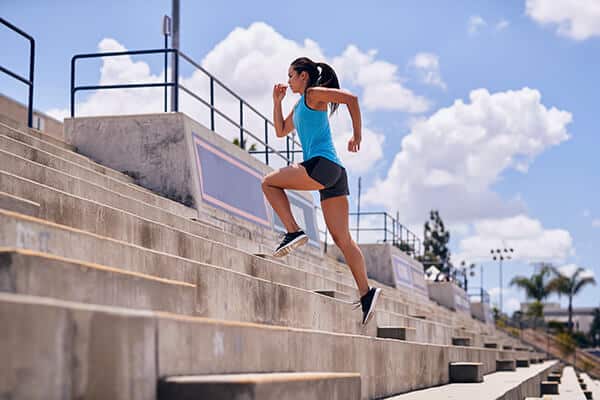
If you have knee pain from running, you are not alone. That pain you feel in or around your knee cap is commonly referred to as “runner’s knee”, and it’s one of the most common overuse injuries for runners.
Whether you’ve gotten used to it or not, knee pain should not be a part of your run.
What is Runner’s Knee?
Runner’s Knee, also known as Patellofemoral Pain Syndrome, is defined by Hopkins Medicine as pain in and around the knee joint. The pain occurs during knee-bending activities or from sitting for long periods of time with your knees bent. While runners are hit the hardest, anyone doing high volumes of repetitive knee bending activities, such as squatting or lunging, can also be susceptible.
What are the Causes?
The biggest cause of runner’s knee is overuse. Repeated weight bearing on the knee joint over time, without the proper recovery in between activities, often leads to this condition. Other factors can be at play too, like weak or tight muscles surrounding the knee, poor foot support, and improper running gait; but if you have runner’s knee your best bet is that it’s from overuse. Knowing the cause of your runner’s knee is the first step in recovering and preventing future flare ups.
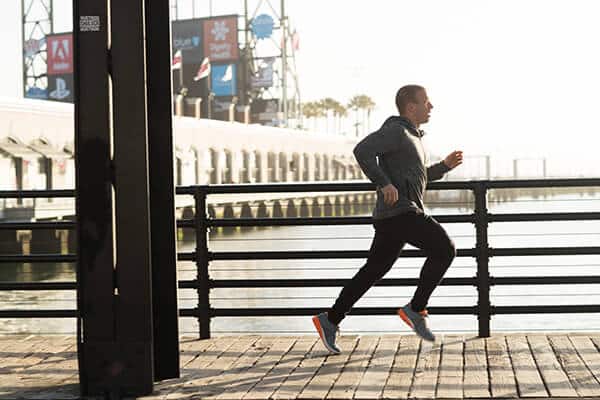
Recovery from Runner’s Knee
If your runner’s knee stems from overtraining or tight muscles and you’re experiencing mild symptoms, then the following tips can help get you back on the road to recovery. However, if your knee pain stems from an injury or if you are in extreme pain, it’s always best to consult with a healthcare provider.
Now, let’s get into it. Most advice out there says that the best thing to do for runner’s knee is to stop running altogether until the condition improves. For most of us, that’s not ideal, especially when it takes an average of 4-6 weeks to recover from runner’s knee!
Here are some methods that can help you recover faster.
1. Active Recovery
Active recovery refers to low-stress muscle activation. By lightly engaging your muscles, your body is able to recover faster. Why? Each stage of your body’s natural recovery process is facilitated by muscle activation. Some examples of active recovery include going for a light swim or light bike ride. But, when you have an overuse issue, the last thing you probably want to do is more activity… and that’s one reason many athletes, from pro to weekend warriors, choose to use Marc Pro.
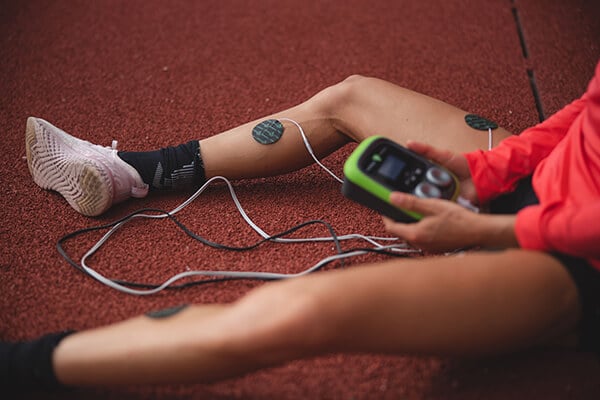
Marc Pro makes active recovery easy and effective, even more so than traditional active recovery methods. You can use Marc Pro while you work, relax, or travel. Also, Marc Pro’s unique technology allows for non-fatiguing muscle activation, so you can use it as long as you need without causing additional damage to the area. By using the Marc Pro knee placement for at least 30 minutes each day, you can see drastic improvement in recovery. We also offer free coaching calls in case you want a more specific protocol. Side note: you can use Marc Pro to recover any muscle group, so eliminating knee issues is just the start. If you have a sore back or tight neck, Marc Pro can help.
For those with a lot of aches and pains, the Marc Pro Plus model also offers a setting for significant and lasting pain relief. You can relieve pain and recover at the same time by utilizing both settings simultaneously.
2. Stretch
Tight hamstrings and tight achilles tendons can contribute to runner’s knee. If you’re feeling tight and are experiencing the symptoms of runner’s knee, it’s a good idea to incorporate some stretching. Stretching is an easy and effective way to loosen up.
Hamstring Stretch: There are a ton of ways to stretch out tight hamstrings. The simple seated hamstring stretch is a great place to start.
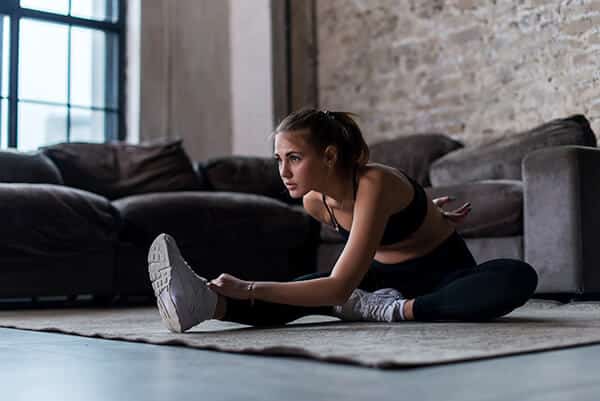
Achilles Stretch: Using a platform or stair to do some standing toe raises is a beneficial way to stretch and strengthen your achilles tendon, but there are other stretches that will work as well.
What to Avoid
When you’re trying to speed up your recovery, there are some things you are going to want to avoid.
1. Ibuprofen
If you have to grab the ibuprofen for pain, go ahead. But keep in mind that NSAIDS like ibuprofen delay your body’s healing response.
2. Ice
Ice is a common go-to treatment, but did you know there’s no evidence to support its effectiveness for speeding recovery? The doctor who coined the term RICE (rest, ice, compression, elevation) recanted his position on ice, saying that ice should not be used for recovery and can even make things worse. While it may be able to help relieve some pain temporarily, consistently icing will slow your recovery.
3. Compression
Unlike ibuprofen or ice, compression won’t cause any delays in your recovery. However, it isn’t the most effective way to improve recovery either. Just take a look at how your body’s recovery process works, you’ll see why compression misses the mark.
Prevention of Runner’s Knee
For runner’s knee that stems from overuse or tight muscles/tendons, the good news is that it’s 100% preventable! You don’t even need to cut back on the miles! By having a good stretching routine in place and incorporating active recovery, ideally with Marc Pro for the best results, you can stay on top of your training while feeling your best.
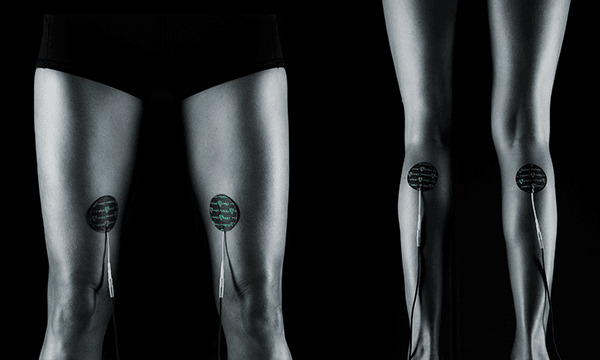
Regardless of what you’re recovering from, the muscle recovery process is the same. So, once you recover from runner’s knee using the strategies above, you can use those same methods to ensure a quick recovery after each workout and make runner’s knee a thing of the past.
Recommended Articles:
Jumper’s Knee | Injury Prevention Strategies to Stay Healthy
Hamstring Stretches | Eliminate Tightness with these Recommendations
Sore Glutes | A Few Solutions to Relieve the Tightness & Pain